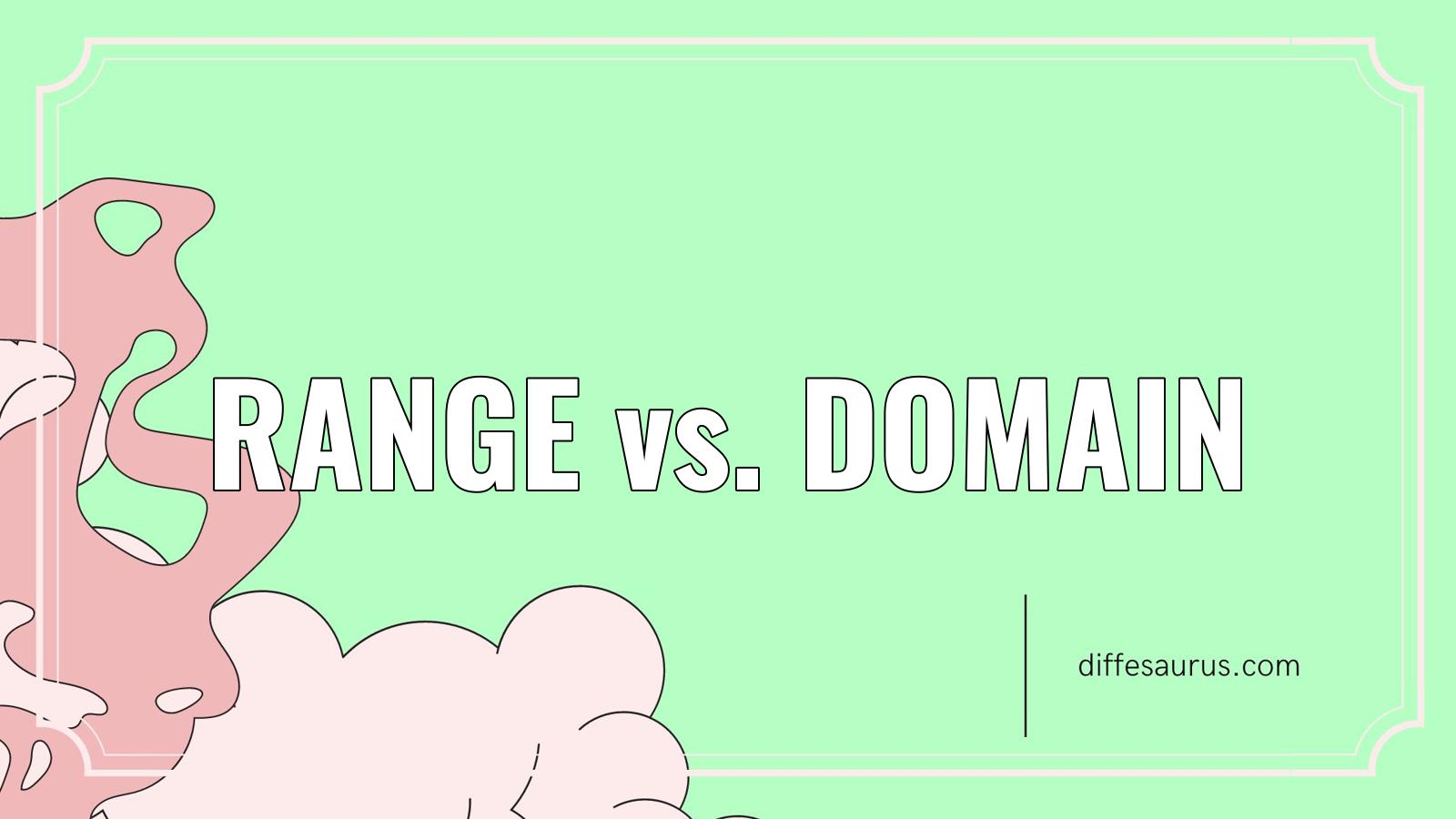Input values are referred to as domain and output values are referred to as range.
A set of all input values is called the domain. Range is a set of output values that a function can produce by entering the value of the domain.
What is domain and range with example?
The possible values for the inputs of the function are set up in the domain. The values of y are the range’s possible values for the function’s outputs. We will look at the definitions of range and domain in more detail in this article. Some examples with answers of the domain and range of functions will be explored next.
How do you find the range?
Take the smallest number from the largest number in your data set. All you have to do is subtract the smallest and largest numbers from each other after you’ve identified the smallest and largest numbers in the set. The range of the set is 14, if you subtract 14 from 28. An expert interview with David Jia.
How do you find domain?
For a second, let’s think about this. Any number can be put in place of the x in the domain. You could replace the x with any other number. The domain is (-inftyleq xleqinfty) It is possible to say that the domain is all real numbers.
What is a domain in math?
The set of possible inputs is the domain of a function. The domain is the set of objects that the machine will accept as inputs in the function machine metaphor.

How do you write domain and range examples?
Interval notation uses values within brackets to describe a set of numbers, and it can be used to write the domain and range. We use a square brackets in interval notation. Interval notation will be discussed later in the discussion.
How do you identify the domain and range of a function?
To find the domain of g(y) we need to express x as x and then find the range of the function.
What is the difference between a domain and a range?
All probable input values are defined as the domain. Each member will have a say in the output value. Range is defined as a set of probable output values. The values in a range can only be determined by the domain value.
What is the difference between domain & range?
Your URL leads people to your front door, but your website is where your business lives, so it’s not your address online. Links between the different tools that you use to build your website need to be pointed to your domain so they can connect.

What is range and domain of a function example?
The components of a function include the range and domain. The range is the possible output of the function, and the domain is the set of all the input values. A is the domain and B is the co-domain if there is a function such as A B. A set of images is given under a relation R.
How do you know if its domain or range?
The range and domain are the inputs and outputs of a function, respectively.
Is the range the same as the domain?
The range and domain of the function are the values of the independent variable x. The dependent variable y’s range is all the possible values of a function.



